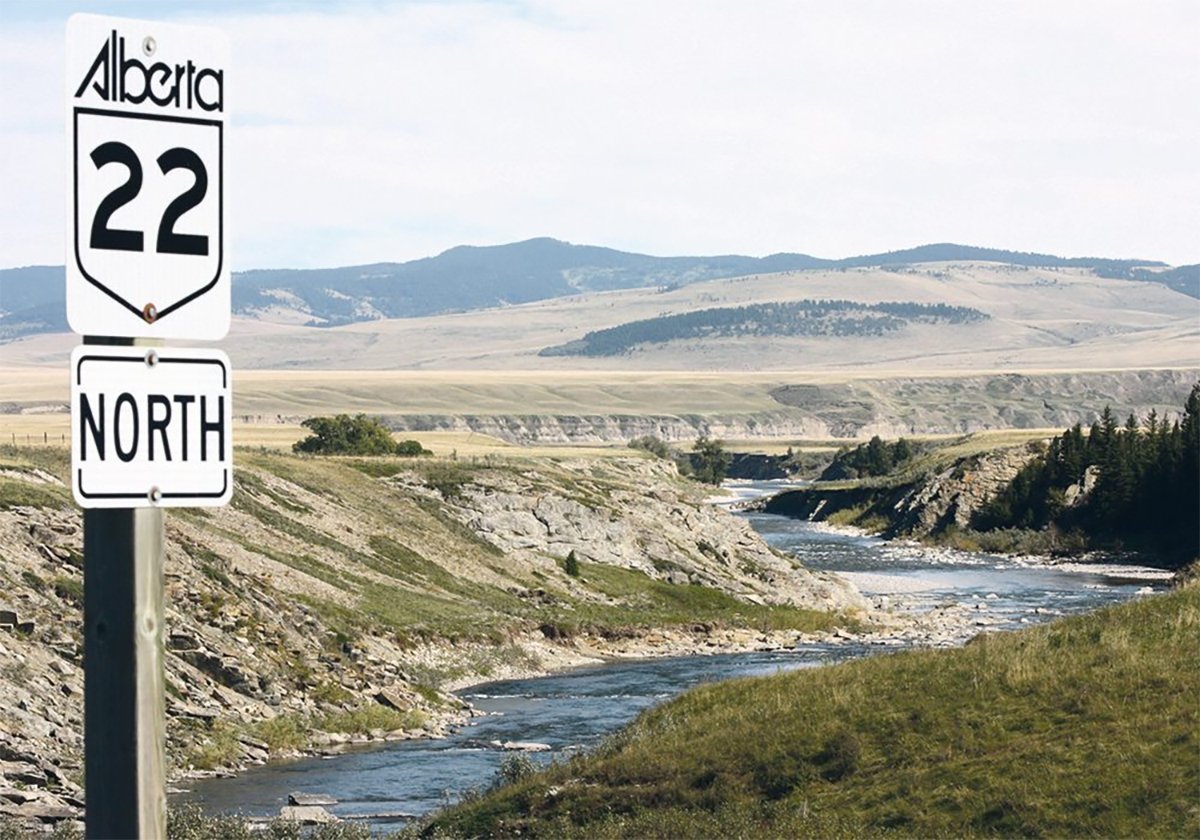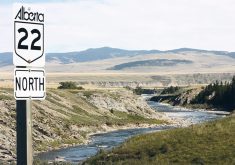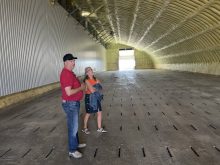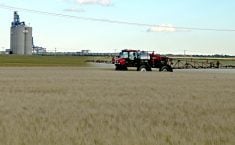A new weather tracking system in Western Canada should take some of the guessing out of farming.
A network of up to 600 local weather stations will be set up at elevators, rural businesses, government offices, schools and farms over the next three years.
The project was spearheaded by the Canadian Wheat Board, working with a U.S. company called WeatherBug and with Pioneer Grain and 40 other partners.
Participants, including individual farmers, will be able to get live, real time weather data for their own location, as well as all the other stations in the network.
Read Also

New coal mine proposal met with old concerns
A smaller version of the previously rejected Grassy Mountain coal mine project in Crowsnest Pass is back on the table, and the Livingstone Landowners Group continues to voice concerns about the environmental risks.
“The key benefit is the networking, having access to all that data on a real time basis that you can use to assist in your management decisions,” said Guy Ash of the CWB’s weather and crop surveillance department.
(See Really local, page 2)
If a farmer is trying to decide whether to spray, he can quickly check the wind speed and direction, on both his own farm and nearby locations.
If he’s thinking of applying herbicide, he can check current temperatures, humidity and precipitation conditions.
He can use the data to anticipate the likelihood of disease or insect problems or to predict cereal yields and quality more accurately. And he can have access to all the historical weather data he wants to plan for the future.
Each station is also capable of producing a localized one hour forecast. The personal tracking stations offered to farmers are wireless and solar-powered and connect to the internet via a personal computer.
Farmers will buy them from WeatherBug for about $850, along with an annual fee of $100. Commercial stations, which record 27 live measurements, sell for about $5,250.
CWB chief executive officer Greg Arason said access to timely, accurate weather information has major financial benefits.
“This network will also improve information used by CWB analysts to market farmers’ grain for maximum returns,” he said.
Pioneer will install 63 stations at elevators and crop input locations across the Prairies to help create what president Curt Vossen described as “a remarkable source of weather information.”
Another major player is Parkland Agri Services of Didsbury, Alta., which will set up 20 stations across that province.
The long-term target is to have more than 1,000 stations across the country.
Farmers and others interested in participating should contact Ash by telephone at 204-984-6820 or by e-mail at guy_ash@cwb.ca.
















